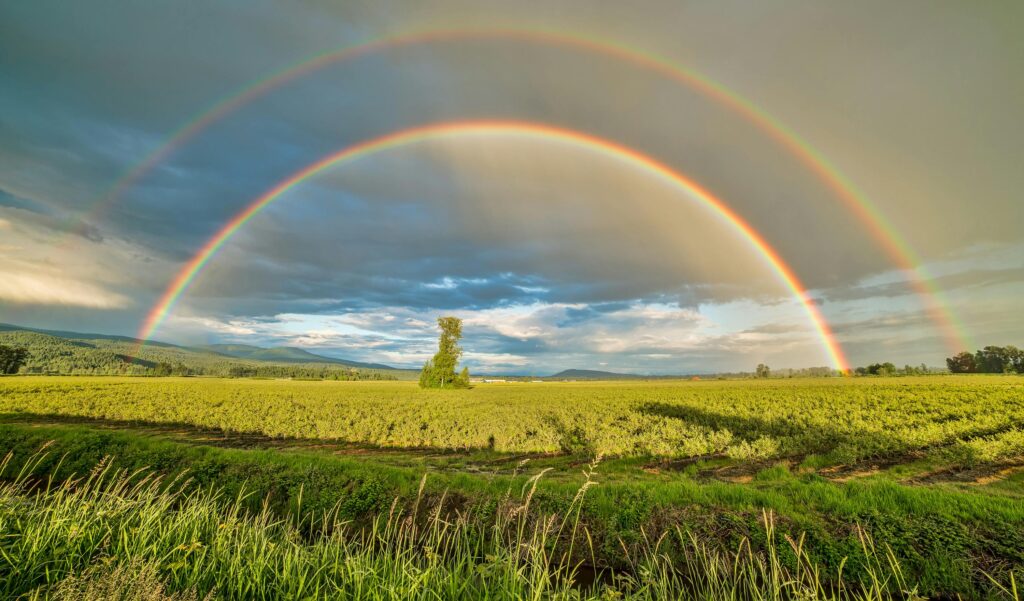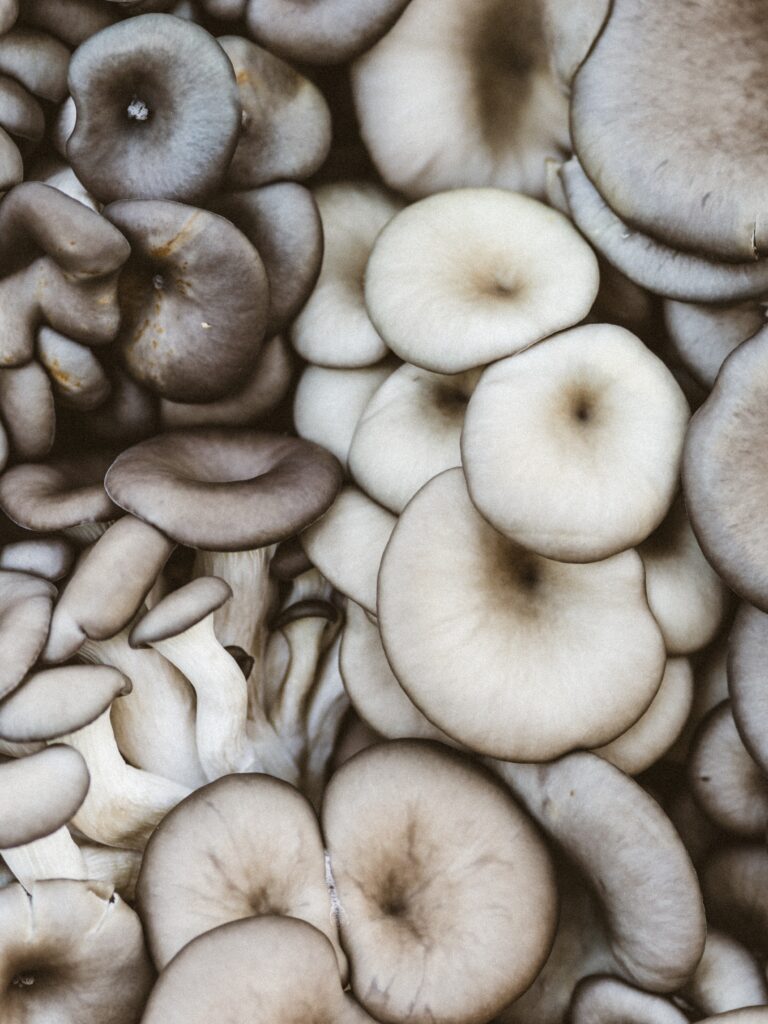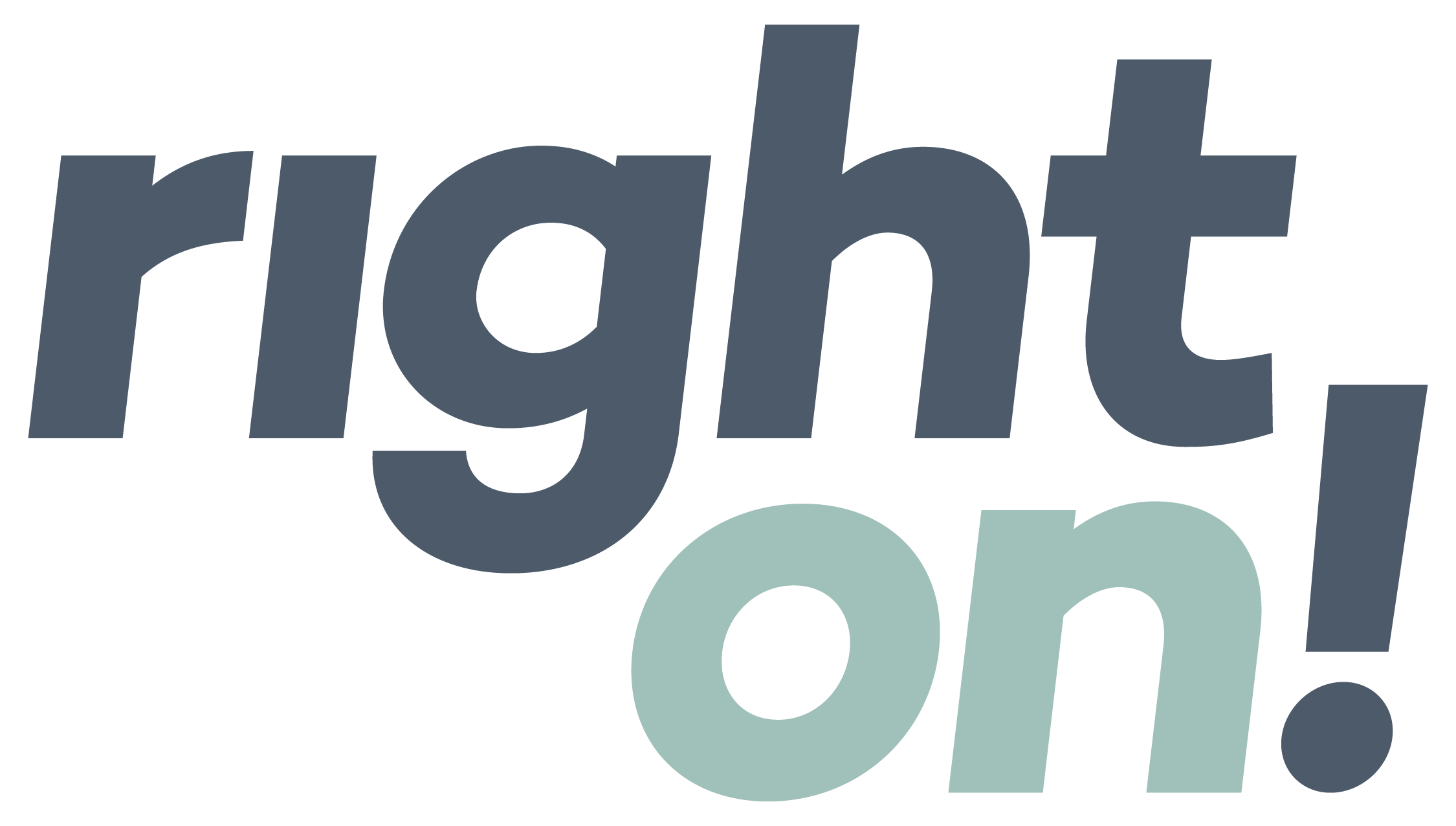
Recycle your sustainability report.
When I was a kid, I spent all summer in the pool, starting with 7 am swim team practice then splashing around till dinnertime—fueled mainly by french fries and Nutty Buddies. It was a pretty good life, except for the swim team part.
At age eight, I’d already been on the team three years, and I was too old to simply be “cute.” It was time to win some ribbons. I had the grit and the guts, but my little body just wouldn’t cooperate. In every race, my arms furiously slapped the water, my legs kicked up a tiny tsunami behind me, and I went … nowhere. This sad spectacle continued for about a year, until sometime around age 9—when the graceful stroke my coach had been trying to teach me finally took hold in my brain and body. Suddenly, I could swim faster with less effort. My times dropped. The ribbons piled up.
That year, at the sunburnt and freckled age of 9, I learned that hard work isn’t enough. What you need is technique.
The same principle holds true for creating content. Over the years, I’ve seen time and time again that you can actually go faster and farther with less effort—if you’ve got the right technique for developing, extending, and repurposing your content. In sustainability communications especially, there’s a huge opportunity to work smarter, and it all starts with the development of one powerhouse asset, which is typically your report.
Repurpose your report research.
With the research, data collection, and analysis required to create any type of sustainability report, you’ll gather more information and ideas than you can reasonably fit into one piece of content—even a super-meaty report.
But that doesn’t mean all that unused information should end up on the cutting room floor. Instead, you can breathe new life into it, creating enough additional content from this one anchor asset to keep your sustainability messages going throughout the year.
An effective initiative that got a mere mention in your report could be fleshed out as its own standalone success story. An interesting environmental clean-up event relegated to sidebar content might be fodder for a new branded video, like this one on Corona’s Plastic Fishing Tournament. An inspiring employee who was quoted just once in the report might be the subject of an Instagram spotlight—or an in-depth profile for your blog, like this piece from Sierra Nevada.
Just make sure to save all your call notes and transcripts from report interviews, so you can use this as source material for the new content you’ll create.
Refocus your report content.
In addition to repurposing your report content into new formats and channels, you can also refocus the content. Look for smaller narratives within the larger report that can be used as standalone content, or pull out highlights from the report that will appeal to a specific audience and their needs.
Perhaps you create an interactive mini report that allows your consumer audience to explore and discover through sound, video, and smaller chunks of content—with links that drive to the full report for those who want to go deep. (I’m still looking for one that’s as good as the Oatly Fun Sized Sustainability Report I shared last month. Have any great examples of a brand doing this well?)
Or you could focus in on key report metrics to create a highly visual data story, like this one from WWF that highlights 10 findings from their research on ocean dumping.
You could also divide your report content into smaller standalone pieces—perhaps one focused on climate and another on social impact. Or you might pull out a specific report topic in which your brand is particularly strong and create a thought leadership article on it.
Just make sure to enlist all the folks beyond your department who can help you think beyond the report—marketing, PR, internal communications, and external content agencies can help you extend key sustainability messages to audiences who may not be reading your report.
Recycle content, build relationships.
Repurposing, refocusing, and recycling your content isn’t just a way to tell more stories more efficiently. It’s a way to build stronger relationships with your audience. Since you’re not starting from scratch every time, it’s easier to create a consistent drumbeat of content, rather than hitting just one big high note each year with your annual sustainability report. This gives your messages a better shot at being heard—and gives you new ways to rally people around your social and environmental programs.
Our Most Recent Insights.
SEE ALL INSIGHTS →
Uncategorized
A more hopeful Earth Day
When it comes to climate messaging, we’ve learned that stories of hope and optimism inspire action.

Reporting
CEO letters that sing (sometimes literally).
Break free from the standard CEO letter format—and create a standout opener for your next sustainability report.

Storytelling
Human stories, not corporate soliloquies.
You’ve got strong DEI commitments and you’re taking action on them. Now, you need compelling, human-centric content that changes hearts and minds.
